Home Theater Display Screen
LED Display for Home Theater
LED Display for Home Theater refers to a high-definition, large-format LED screen designed to bring cinematic visual quality into private residences and luxury entertainment spaces. Featuring fine pixel pitch, HDR technology, and seamless splicing, this display delivers stunning image clarity, deep contrast, and rich color performance right at home.
It transforms living rooms, dedicated cinema rooms, and multi-functional entertainment areas into immersive viewing environments, ideal for movies, gaming, sports, and family gatherings.
UnifyLED provides tailor-made home theater LED display solutions, including ultra-slim wall-mounted screens, custom curved panels, and motorized installation systems.
With a focus on visual realism, space optimization, and quiet operation, we help homeowners and designers create premium home cinema experiences that combine aesthetics with cutting-edge display technology.

LED Advertising Billboard-LA Series
LED Advertising Billboard-LA Series Module size 320*160mm, 1m*1m large size panel Optimized structure, flexible installation Common cathode energy saving High
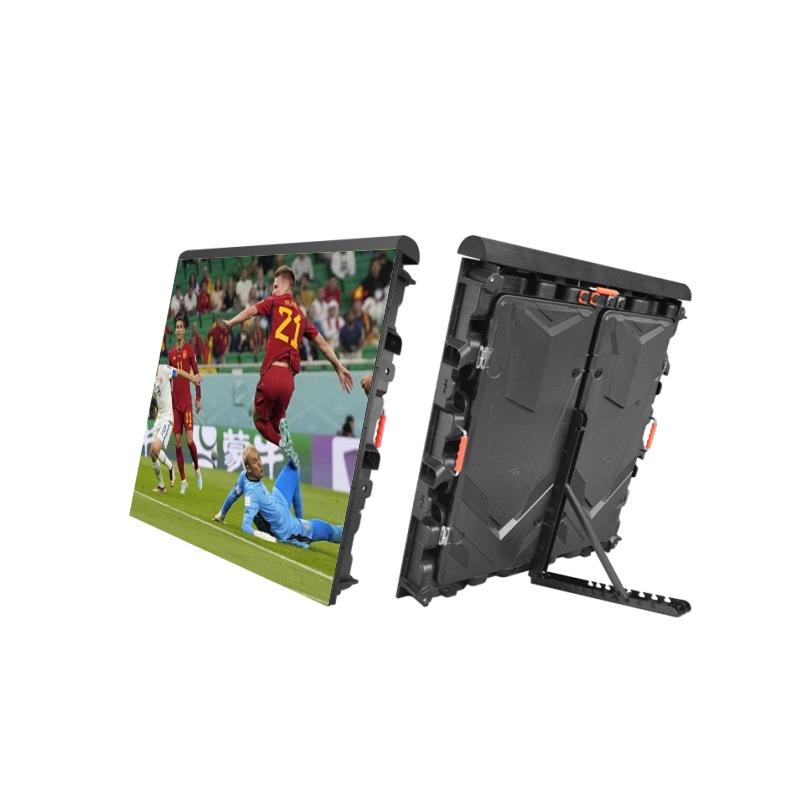
Sport LED Screen – SP Series
Stadium LED Display- SP Series Outdoor Sports Perimeter LED Display Board Pixel pitch P4/P5/P6/P8/P10 Standard Cabinet Size :1280*960mm 3840Hz high
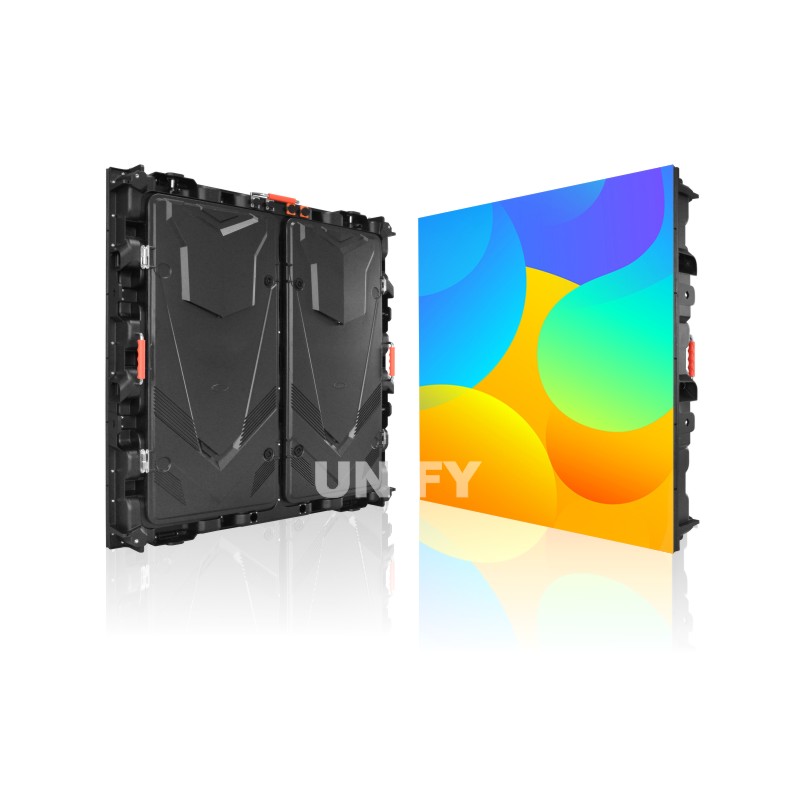
Advertising LED Screen – B Series
Advertising LED Screen – B Series Module size 320*160mm, panel size 960*960mm Pixel pitch P4/P5/P6/P8/P10 Wide viewing angle Brightness options

Outdoor LED Billboard-OK Series
Outdoor LED Billboard – OK Series Module size 320*160mm, panel size 960*960mm Pixel pitch P5/P6/P8/P10 to meet various needs Save
Why choose an LED Display for Home Theater instead of other solutions?
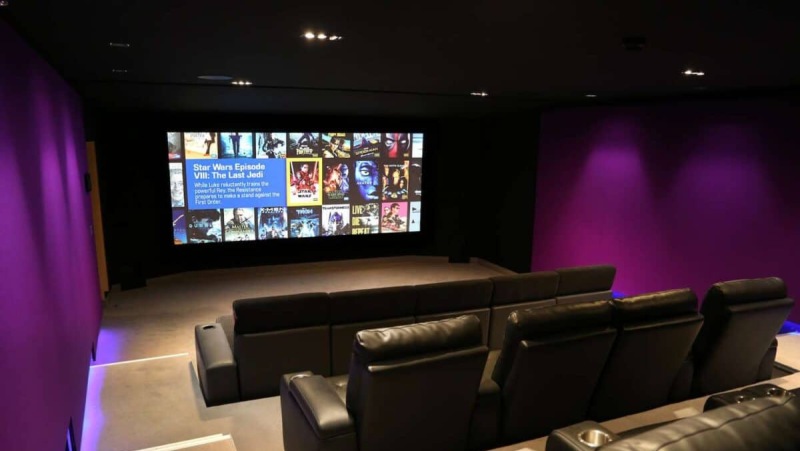
1. True Cinematic Experience
An LED display transforms your living room or private cinema into a real theater.
With ultra-fine pixel pitch, vibrant colors, and deep contrast, it delivers lifelike images that projectors can hardly match—no matter the ambient light.
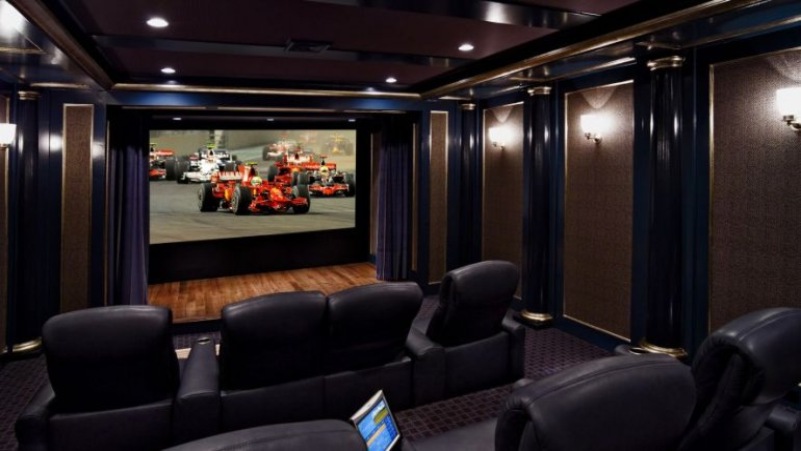
2. Flexible Design, Custom Fit
Wall-mounted, freestanding, or even curved screens
Sizes tailored to your room dimensions
Seamless splicing for any aspect ratio
UnifyLED offers full customization to blend perfectly with modern or classic interiors.
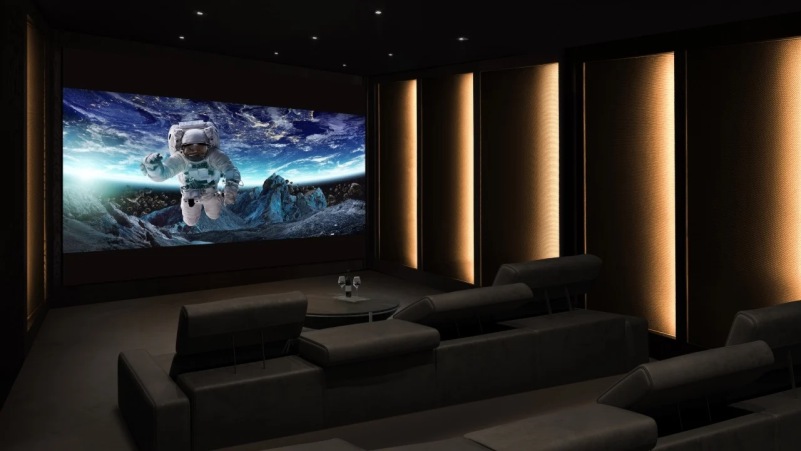
3. Lower Maintenance, Longer Lifespan
Unlike projectors that need regular bulb replacement, LED screens use direct-emission technology.
This means fewer maintenance costs, stable performance for years, and instant on/off without warm-up time.
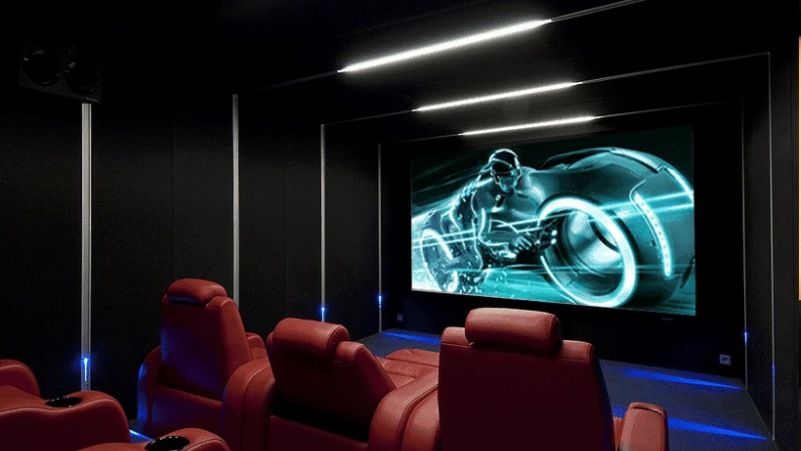
4. More Than Just Movies
LED displays aren’t just for film nights.
They’re perfect for gaming, sports, karaoke, or even as an elegant digital backdrop during gatherings—making your home entertainment space truly multi-functional.
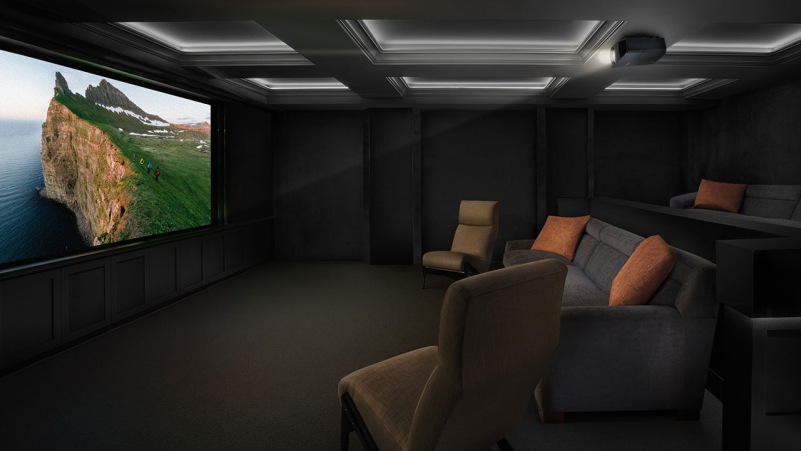
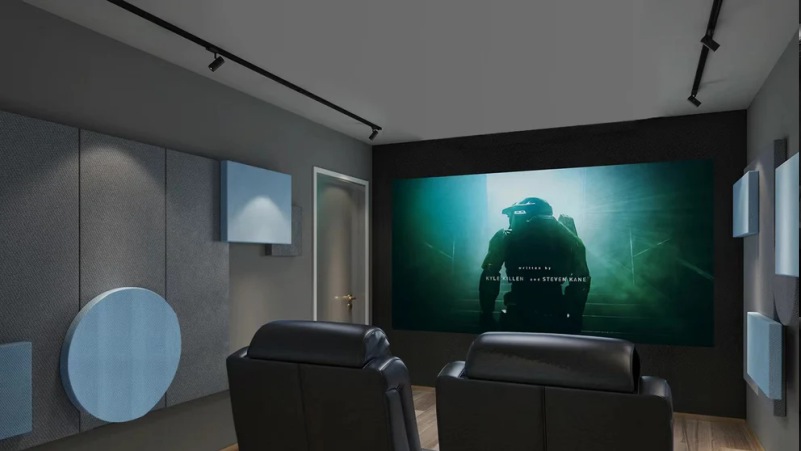

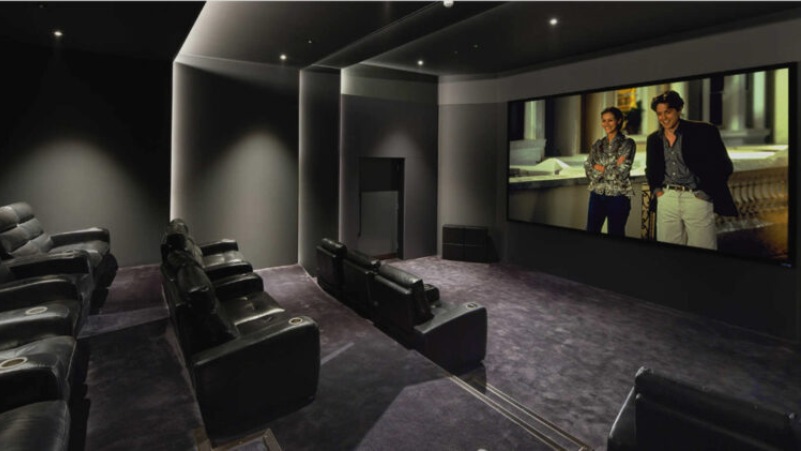
LED Display for Home Theater: Technological Innovation and Future Prospects
Against the backdrop of the global wave of consumption upgrading and the rapid advancement of technology, the home entertainment sector is undergoing a profound and disruptive transformation. People are no longer satisfied with traditional entertainment methods, and the demand for immersive, high-quality audio-visual experiences is growing exponentially.
Definition of LED Display
LED displays originate from semiconductor light-emitting technology. They reinterpret the way of visual presentation by virtue of precise pixel control. Their core lies in the coordinated cooperation between self-luminous LEDs and matrix-driven imaging, which serves as an important support for modern display technology innovation.
1. Technical Essence and Display Principle
The Foundation of the Light-Emitting Unit: LED lamp beads act as the core components of pixels. Generally, each pixel is composed of red (R), green (G), and blue (B) primary-color LEDs. By adjusting the brightness ratios of these three primary colors, tens of millions of colors can be blended.
Matrix-type display logic: Countless pixels are arranged in a row-column matrix to form a display panel. When an electrical signal drives the LEDs to emit light, each pixel adjusts its brightness and color according to the signal instructions, and finally, they are spliced into a complete picture (similar to a “canvas” composed of countless small lamp beads).
Signal processing sequence: Video and image signals incoming from external devices undergo decoding via the control system. Thereafter, the driver chips exercise exacting command over the on-off condition, brightness level, and hue of every single LED. By means of this process, both moving and still content can be presented.
2. Physical Composition and Key Components
LED lamp beads: Made of semiconductor materials (such as gallium phosphide, gallium arsenide), they release light energy through the recombination of electrons and holes when powered on, serving as the core light-emitting components for display.
Display panel assembly: It consists of PCB circuit boards, LED light-emitting elements, encapsulating glue with waterproof and dust-proof properties, and other components. It can be made into rigid, flexible, or transparent styles according to the requirements of different scenarios.
Control device: It encompasses video processing units, transmission cards, receiving cards, etc. Its function is to convert the signals from devices like computers and cameras into LED driving instructions to ensure the synchronous refresh of images.

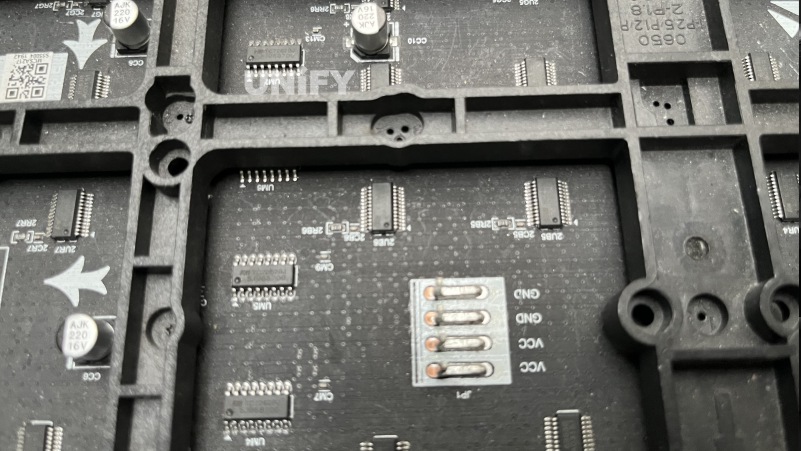
3. Fundamental Differences from Traditional Display Technologies
Self-emitting feature: Different from LCDs that depend on a backlight panel, each pixel of an LED display can emit light independently. As a result, it has higher brightness, contrast, and a wider viewing angle (which can exceed 160°).
Digital pixel control: Each LED pixel can be addressed and controlled individually. It can achieve a high refresh rate (such as 1920Hz) and dynamic grayscale adjustment, meeting the needs of applications such as high-definition videos and real-time data visualization.
4.Core Functional Attributes
Display medium: It can present multimedia content such as text, images, videos, and animations, and supports real-time synchronous display (e.g., live streaming by connecting a camera) or offline playback (pre-stored content).
Environmental adaptability: By adjusting the brightness of LEDs and the protection level (e.g., IP65 waterproof for outdoor screens), it can meet the display requirements of different scenarios, both indoor and outdoor, as well as in high-temperature or low-temperature environments.
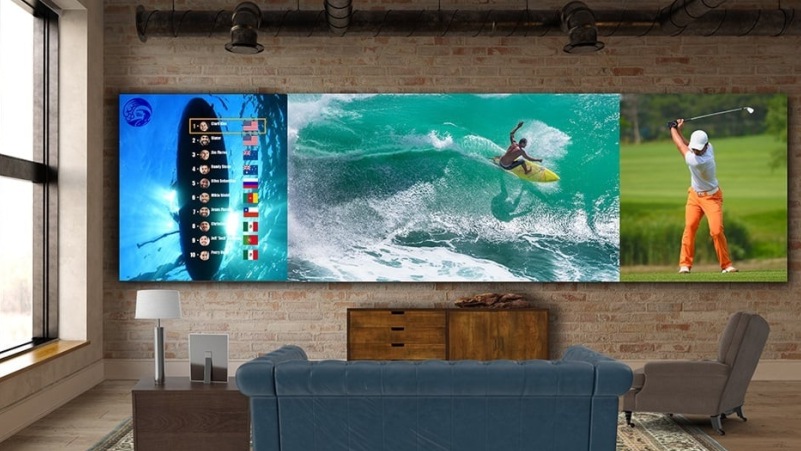
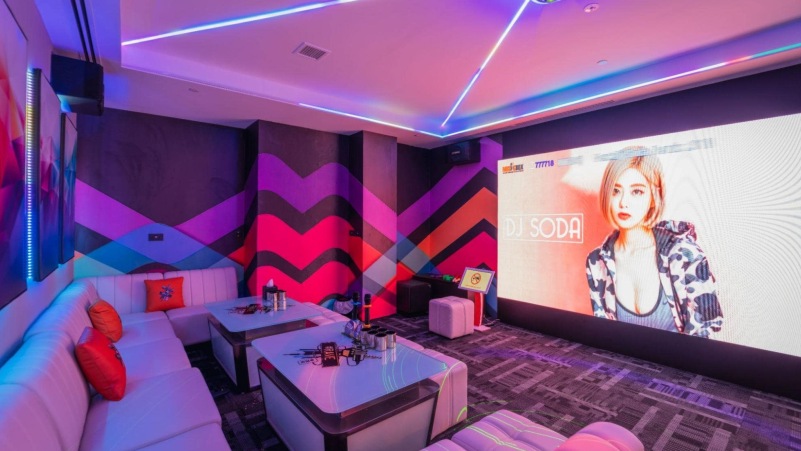
Core Advantages of LED Displays in Home Theaters
In the field of home theaters, immersive experience is of vital importance. LED displays stand out with their cutting-edge performance and user-oriented design, emerging as a transformative force and surpassing traditional display devices.
Their rise is not only attributed to excellent image quality but also a series of advantages that redefine the way of home entertainment, bridging the gap between professional cinemas and private spaces.
1. Innovative Features of Display Technology
LED displays utilize self-luminous technology. Unlike traditional liquid crystal displays (LCDs) that rely on backlighting, each pixel here can independently emit and regulate light, achieving nearly infinite contrast and excellent deep black display performance.
In dark-scene images, LED displays can accurately present details in scenes such as twinkling star trails and dark jungles, avoiding issues like halos and grayscale loss. Moreover, their wide color gamut coverage can reproduce over 90% of natural colors.
When combined with HDR (High-Dynamic-Range) technology, the light and dark layers of images—such as sunset gradients and metallic reflections—become clearer, significantly enhancing color saturation and realism.
2. Improvement in Hardware Performance
Ultra-high-definition resolution: Modern LED displays fully support 4K/8K ultra-high-definition resolutions, with pixel density reaching or even exceeding commercial cinema standards, enabling delicate image quality that can present hairline-level details.
Low-latency and high-refresh-rate: The application of these technologies effectively solves the problems of motion blur and ghosting in high-speed dynamic images, making them particularly suitable for sports events, action movies, and gaming scenarios.
Brightness adjustment: LED displays possess robust brightness-adjustment capabilities, enabling them to automatically adapt the light intensity in accordance with changes in ambient light. Even in bright surroundings, this feature ensures clear images, completely liberating them from the reliance of traditional projectors on light-shielded environments.
3. Enhancing User Experience
Seamless splicing technology: Breaks through the bondage of screen size. Based on the size of the space, users can customize extra-large screens over 100 inches. Whether it’s a 120-inch living-room giant screen or a 200-inch immersive home theater, a highly impactful visual effect can be presented through modular assembly.
Long service life and maintenance-free: Thanks to the maintenance-free design and an extremely long service life (generally exceeding 100,000 hours. Calculated at 8 hours of daily use, it can operate continuously for more than 30 years), not only are long-term usage costs significantly reduced, but also the annoyance of frequent device replacement is eliminated.
Eye protection: LED displays apply low-blue-light design and flicker-free technology, reducing the release of blue light at the hardware level and eliminating screen flicker. Even after long-term viewing, it can effectively relieve eye fatigue, better meeting the demands of modern families, especially those with the elderly and children, for healthy movie-watching.
Comparative Analysis of LED Displays and Traditional Projection Equipment
When building a home theater, both LED displays and traditional projection equipment are quite popular. They have distinct characteristics. LED displays feature vivid colors, high contrast, and fast response speed, while traditional projection equipment offers large-sized images and is good at creating an immersive feel.
Understanding these differences is crucial for users to create an ideal home theater, as it is related to aspects such as visual experience, space utilization, installation, and cost.
1.Comparison of Display Effects
| Aspect | LED Displays | Traditional Projection Equipment |
|---|---|---|
| Brightness & ambient light resistance | High brightness and anti-glare design; maintain clear images even in daytime or lit environments. | Good in dark rooms, but image brightness and contrast decrease significantly in strong ambient light, leading to blurred images. |
| Detail presentation | Small-pixel-pitch LED displays far exceed projection equipment; accurately present complex textures and tiny icons. | Limited by pixel density; tend to appear blurry and jagged when displaying fine images. |
| Dynamic image performance | High refresh rate and fast response time; make high-speed motion images more fluid. | Prone to image ghosting due to certain latency. |
2. Differences in Space and Installation
| Aspect | LED Displays | Traditional Projection Equipment |
|---|---|---|
| Space occupation | Modular design; can be directly mounted on walls, leaving only a 3–5 centimeter gap from the wall, saving space. | Demand a relatively large projection distance (e.g., 2.5–3 meters for short-focus models to project 100-inch images, over 4 meters for standard-focus ones). |
| Installation convenience | Flexible installation methods; no complex calibration needed (modules have automatic gap correction); support customization of curved and irregular shapes. | High requirements for wall flatness; need precise adjustment of screen position; multiple cables to embed, making integration difficult. |
3 .Comparison of Cost and Maintenance
| Aspect | LED Displays | Traditional Projection Equipment |
|---|---|---|
| Initial investment | Generally higher due to advanced technical requirements. | Lower for the same size. |
| Long-term maintenance | Maintenance-free design and ultra-long service life; no regular part replacement needed. | Require regular bulb replacement and filter maintenance; overall maintenance costs increase year by year due to limited light source lifespan. |
| Upgradability | Modular design facilitates future system upgrades; good compatibility with rapid technological iteration. | Relatively poor compatibility; upgrades are more complicated. |
Complete Construction Process for Home Theaters LED Wall
1. Preliminary Planning and Design
Space evaluation and acoustic design: Plan the screen size and installation position according to the room area and shape (e.g., a 20-square-meter space is suitable for a 120–150-inch screen). Optimize room modes by treating walls with sound-absorbing cotton, installing bass traps, and using diffusers to eliminate echoes.
Equipment selection plan based on budget: Consider the 4K/8K resolution, 1000–2000 nits brightness, and seamless splicing technology of the LED display. Also, plan the audio system channel layout (5.1-channel for living rooms, 7.1.4 Dolby Atmos for independent home theaters).
Smart control system planning: Pre-embed cables and cable trays to enable integrated control over functions such as light color temperature adjustment, electric curtain linkage, and one-touch device startup/shutdown.
2. Equipment Selection and Installation
LED display selection: Prioritize parameters such as pixel pitch (P0.9-P2.5), refresh rate, and grayscale performance. For small spaces, P1.2-P2.5 balances clarity and cost; micro-pitch below P0.9 is suitable for large-scale scenarios for retina-level image quality.
Audio equipment selection: Choose appropriate power speakers and amplifiers based on space size.
Installation requirements:
Use professional calibration tools to ensure LED module splicing error is less than 0.1mm, avoiding visual fragmentation.
Adjust audio equipment via professional software (Audyssey, Dirac Live) to address room reflections and standing waves by fine-tuning channel delays and EQ settings, ensuring precise sound field positioning and uniform sound pressure coverage (error ≤3dB) across the audience area.
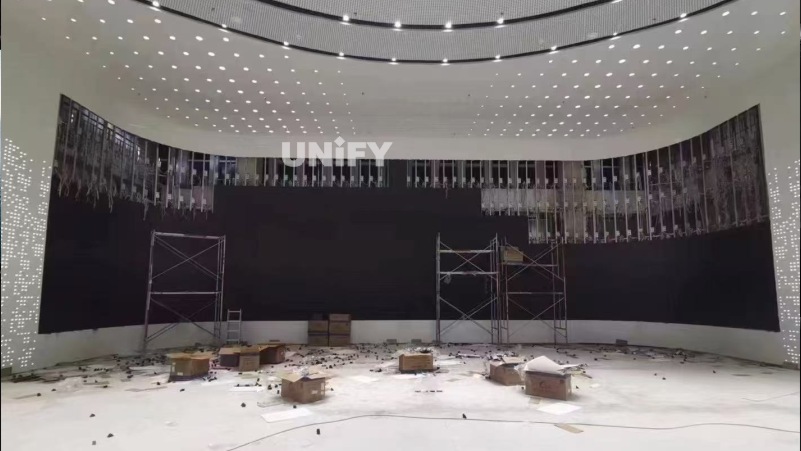

3. System Debugging and Optimization
Display calibration: Use professional instruments to calibrate screen color, brightness, and contrast for more realistic color restoration.
Audio adjustment: Adjust sound balance and delay of each channel through test tracks to ensure synchronization between sound and picture.
Intelligent control integration: Set up voice control and scene modes (“movie watching”, “karaoke”), enabling one-click switching to link automatic adjustment of lights and curtains for more convenient use.
Future Trends of LED Displays in Home Theaters
As technology advances at a breakneck pace, the realm of home entertainment is undergoing an unprecedented transformation. In home theaters, LED displays are riding a wave of transformative development.
This evolution skillfully combines cutting-edge innovative technologies with a user-centric concept of progress. Its aim is to offer users a more outstanding and personalized entertainment experience, guiding home entertainment towards entirely new heights.
1. Directions of Technological Innovation
Improved image quality and energy efficiency: Growing maturity of LED technology, with micron-level chips enabling smaller pixel pitches to break through display precision limits, improving dark-field details and reducing backlight power consumption.
Higher resolution and VR/AR integration: Popularization of 8K and higher resolutions, along with integration of VR/AR technologies, will bring new interactive experiences.
Naked-eye 3D technology: A promising direction. AI-based dynamic 3D rendering technology can convert 2D content into naked-eye 3D images in real time (depth errors within 0.5mm). Main technologies include Lenticular Lens (lens array refracts left/right eye images) and Directed Light (precise backlight control with light field rendering algorithms for 3D effect within ±45° viewing range).
Advantages: no need for glasses (avoids brightness loss and color distortion), real-time viewing angle adjustment via AI, and future potential for dynamic 8K resolution.
2. Expansion of Application Scenarios
Integration with smart home ecosystems: Deeply woven into smart homes, interconnecting with security, lighting, and environmental monitoring systems for intelligent scenario-based linkage (e.g., automatic curtain closing and light adjustment when a movie starts; switching to security mode if abnormal movement is detected).
Commercial-grade service models: Users can access high-end audio-visual experiences at lower cost via subscribing to 4K/8K content libraries and renting premium sound equipment.
Modular and foldable designs: Meet personalized needs such as mobile in-car theaters and outdoor camping projections, breaking spatial constraints.
3.Industry Development Forecast
Market growth: The global market for home theater-grade LED displays is expected to grow rapidly in the next five years, with strong demand in China, the United States, and other major markets.
Cost reduction and market penetration: Technological iteration will drive down production costs, accelerating LED display penetration into mid-to-low-end markets, forming differentiated competition with traditional projection equipment in mainstream price ranges.
Shift in brand competition: From hardware performance to content ecosystems and service experiences. Manufacturers are integrating streaming platform resources, launching one-stop solutions combining content subscriptions, intelligent recommendations, and device linkage, reshaping home entertainment through scenario-based services.
Conclusion
In contrast, projectors demand bulb replacements every 1–2 years and filter cleanings quarterly. The maintenance-free design of LED displays not only cuts out consumable expenses but also prevents brightness fade caused by equipment aging. Compared to traditional setups, LED displays can slash the total cost of ownership by nearly 50% over five years.
